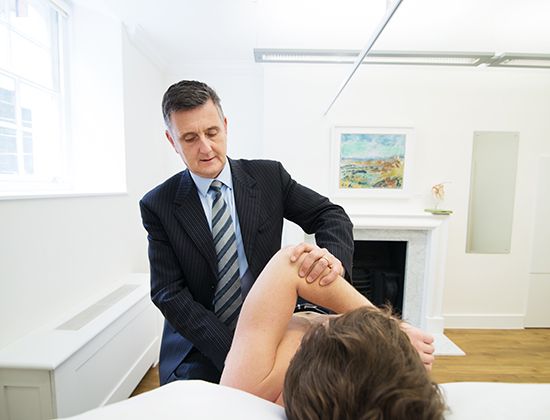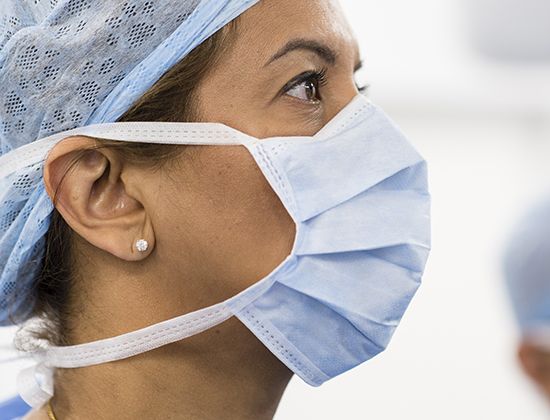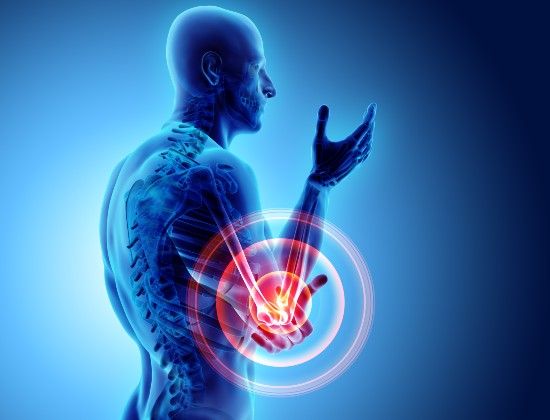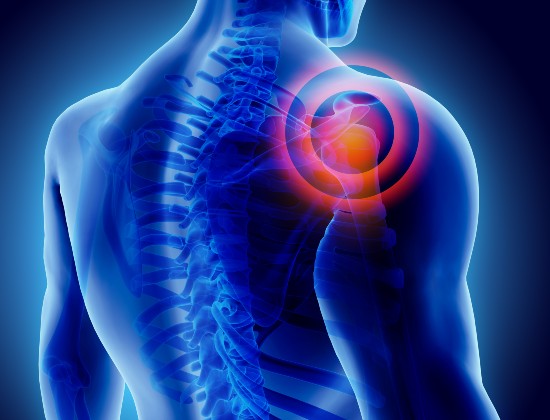Calcific tendonitis
Calcific tendonitis is when calcium builds up in the rotator cuff, causing pressure and irritation in the tendon. The build-up of calcium reduces the space between the rotator cuff and the acromion (the end of the shoulder blade) which can cause inflammation, pinching or rubbing when the arm is raised. Calcific tendonitis usually disappears by itself but this can take up to 10 years.
How is it caused?
Although no one is certain what causes calcific tendonitis, it is more common if you are aged between 30 and 60.
What are the symptoms?
There is intense pain caused by the buildup of pressure in the tendon and irritation.
How is it diagnosed?
Having discussed your symptoms and checked for any other problems such as a rotator cuff tendonitis, an X-ray or ultrasound scan can show the extent of the calcium build-up.
How is it treated?
Non-operative treatment: this involves a gentle exercise programme to reduce irritation and maintain strength and flexibility along with taking anti-inflammatory medication if advised by your doctor. You may also be offered steroid injections to reduce the pain and inflammation. Other treatments include ultrasound guided barbotage to draw out the calcium using a syringe.
Surgery: if your symptoms don’t improve you may be offered surgery to create more space between the rotator cuff tendons and acromion to reduce pain and increase mobility of the joint. The procedure, which is usually done arthroscopically, also involves removing the calcium deposit.
Important: This information is only a guideline to help you understand your treatment and what to expect. Everyone is different and your rehabilitation may be quicker or slower than other people’s. Please contact us for advice if you’re worried about any aspect of your health or recovery.





